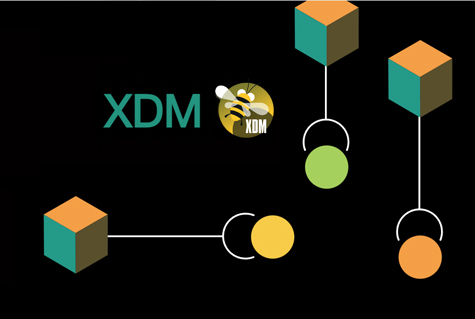The role of IT, and thus also of software development has changed fundamentally in the last 10 years. IT has become the key technology for market success. As a result, the constant development and optimization of software applications is also becoming an essential strategic factor.
01 Digital transformation
The economy is undergoing a digital transformation – which is far from complete. A dynamically developing availability of new technologies enables unexpected innovations and new business models.
02 Disruption
Traditional approaches no longer work in many areas. The critical success factors have changed dramatically. Innovative companies with disruptive digital business models are increasingly challenging even traditionally grown, large companies.
03 Software as the basis of genuine added value
The added value of many companies is increasingly based on digital – i.e. software-driven – business models. Applications often provide the actual core of the service. And even hardware products are often no longer competitive without complementary software support.
04 IT as a key technology for market success
IT is increasingly becoming the key technology for a company’s market success. An area that used to serve at best as an infrastructure for administration or as a tool to create actual added value now forms a central component in securing a company’s future.
05 High usability standards
When applications play an essential role in the creation of added value, the product claim depends to a large extent on smoothly functioning software. This requires a high level of usability with zero fault-tolerance.
What does this mean for software development?
If software development has such a high priority for the company’s success, it automatically becomes an important strategic factor. Conversely, this means: Productive software development that creates innovative and high-quality applications has both direct and indirect impact on customer benefits. It thus makes a significant contribution to the acceptance of products on the market.
To ensure this productivity, it is essential to optimize software development processes and remove all obstacles to smooth and productive output. Due to the lack of suitable software developers on the labor market and the simultaneously growing requirements, the existing departments have to be relieved through optimized processes.
Every investment in IT performance is an investment in the future of the company. In many companies, however, these circumstances are not yet adequately taken into account. This means that potential for capacity and action is being given away.
Example: Software testing and test data acquisition
A good example is provided for by software testing and the procurement of test data. In the context of continuous software development – which is the norm today – applications must be continuously tested during coding and before release.
Successful software testing requires high-quality test data that is as close as possible to the actual production data and contains all relevant relations. At the same time, however, data protection requirements must be met in full.
It is easy to imagine how time-consuming acquisition of test data massively slows down the coding process. And poor-quality test data leads to unreliable test results. Investing in the automation of test data provision would therefore have an extremely positive cost-benefit ratio.
The UBS Hainer TDM Suite masters all these aspects of test data automation. At the push of a button, testers and developers are provided with high-quality test data at any time and in all phases of the coding process. This relieves the project teams, accelerates the processes, increases the quality of software testing and thus directly supports the productivity of the entire IT department.


